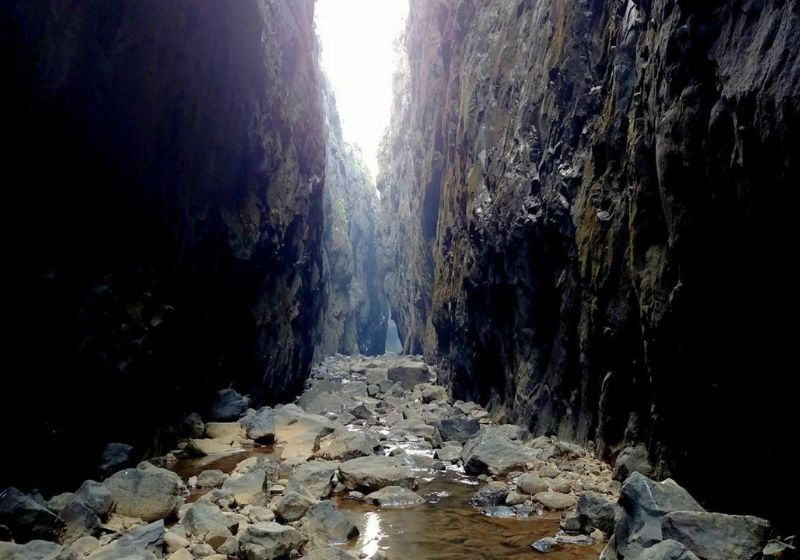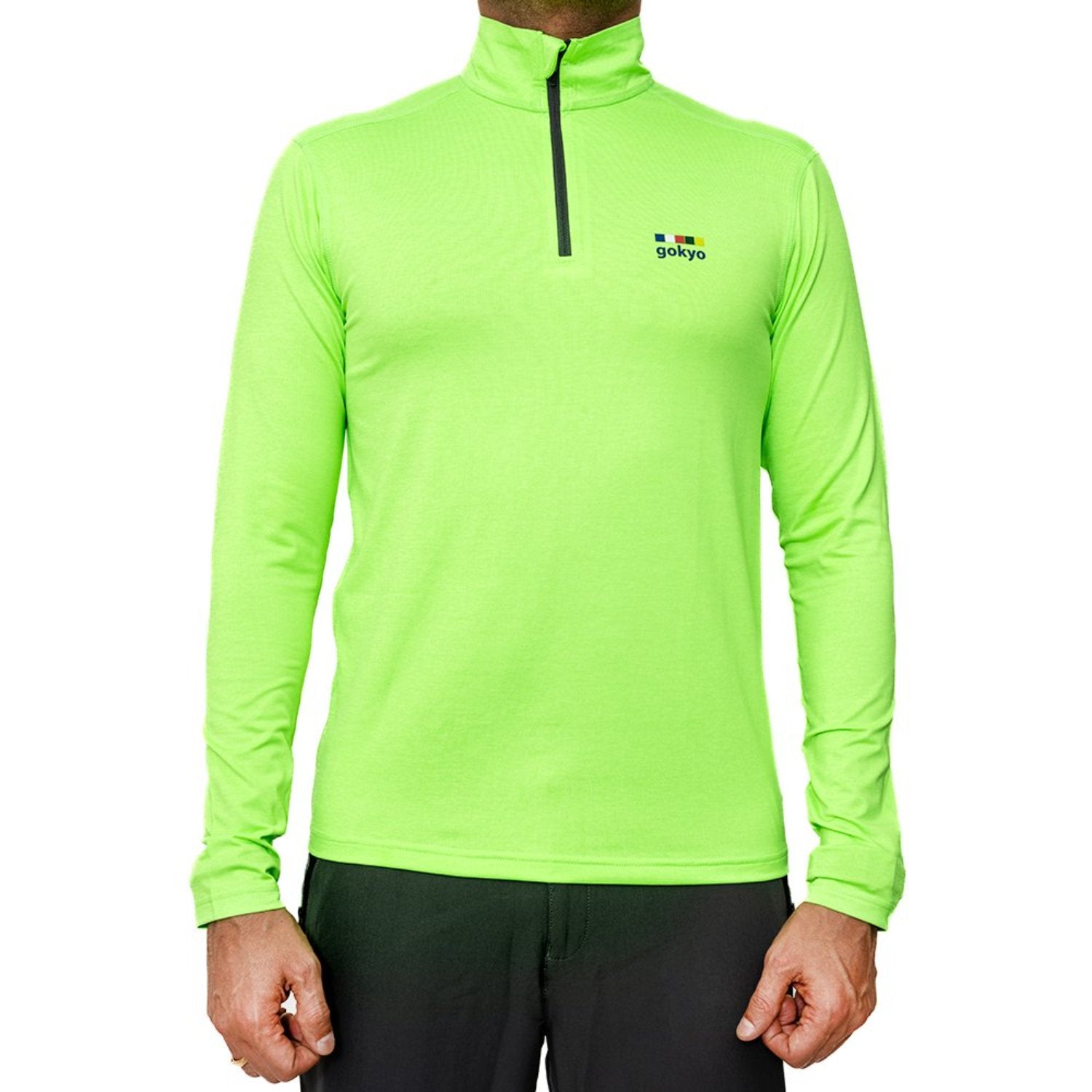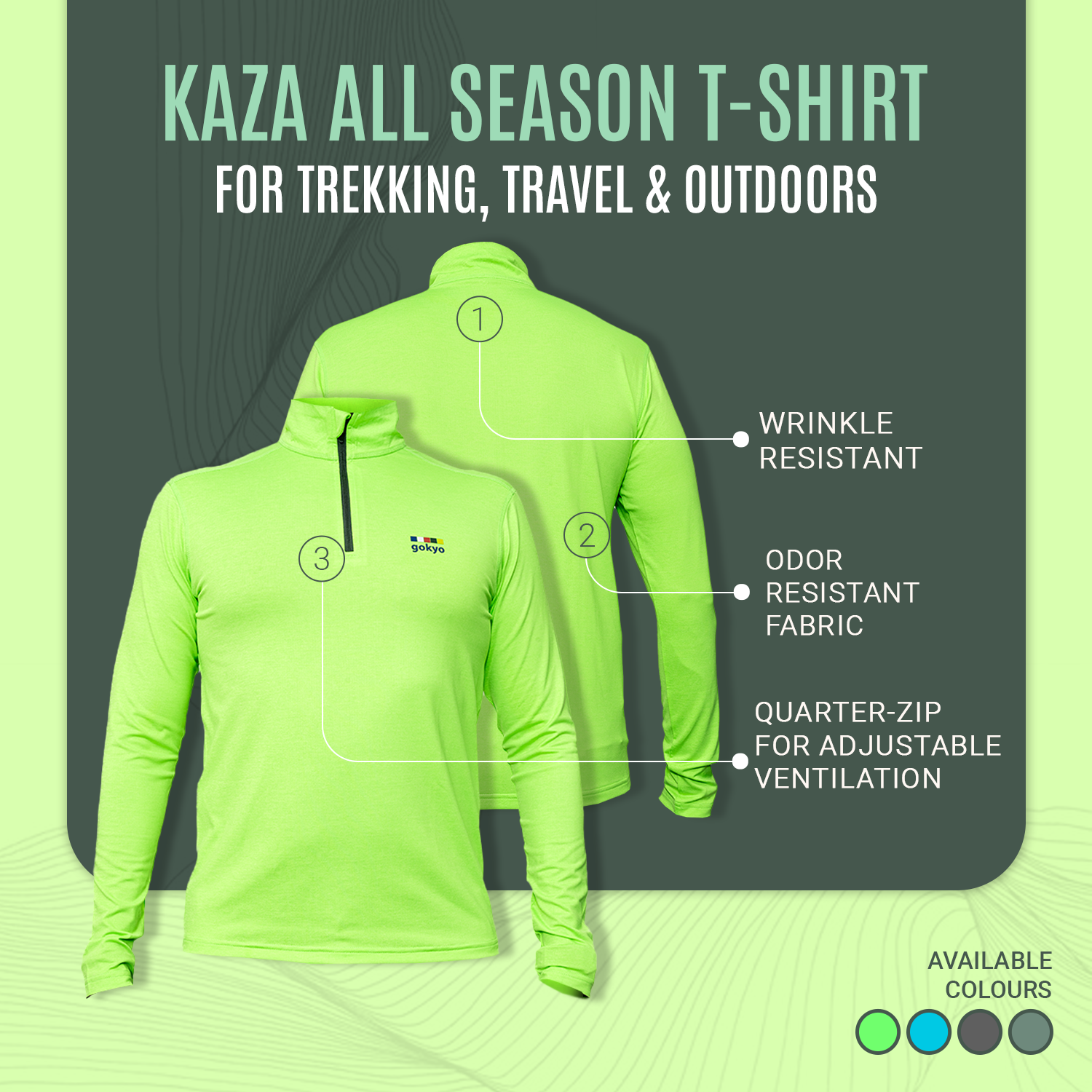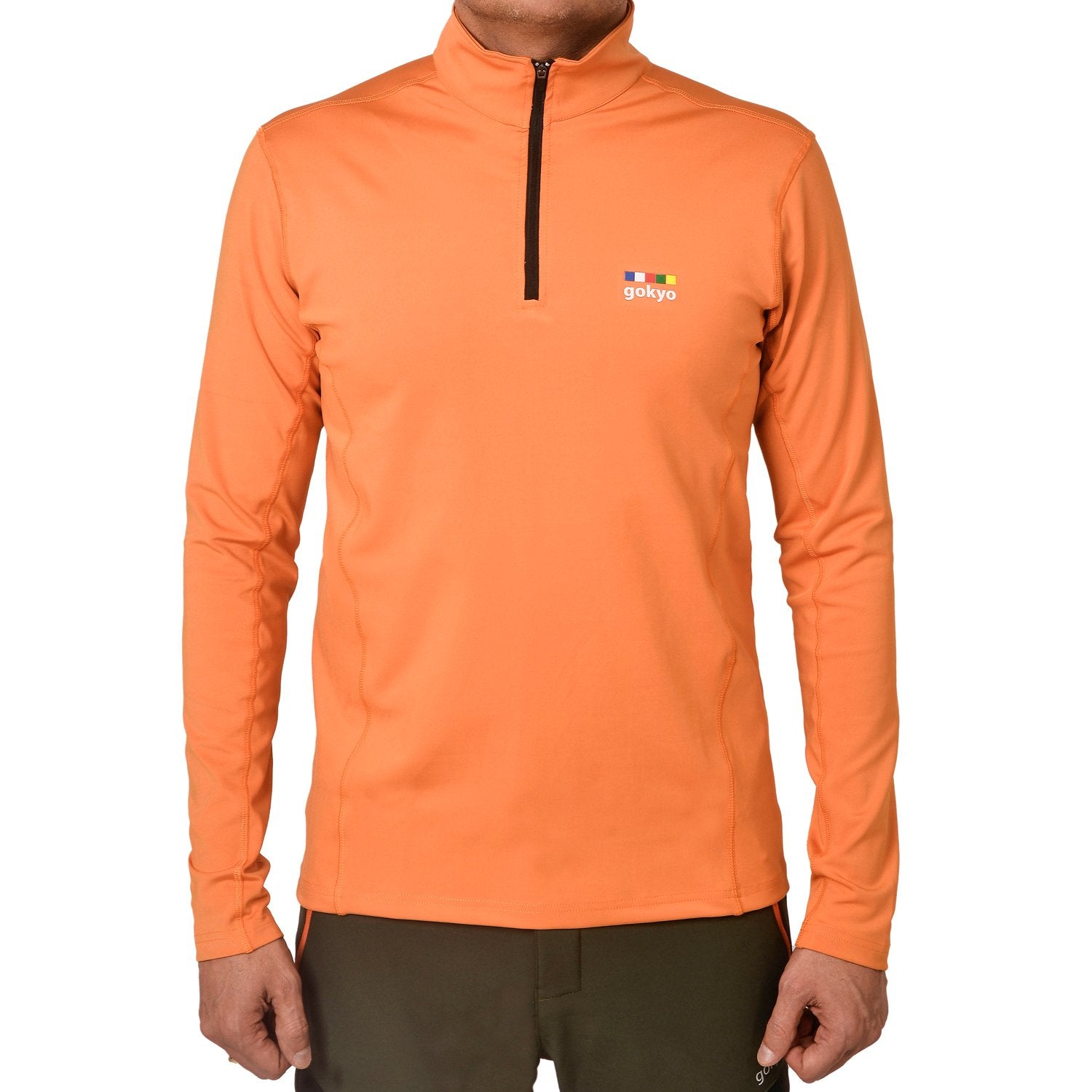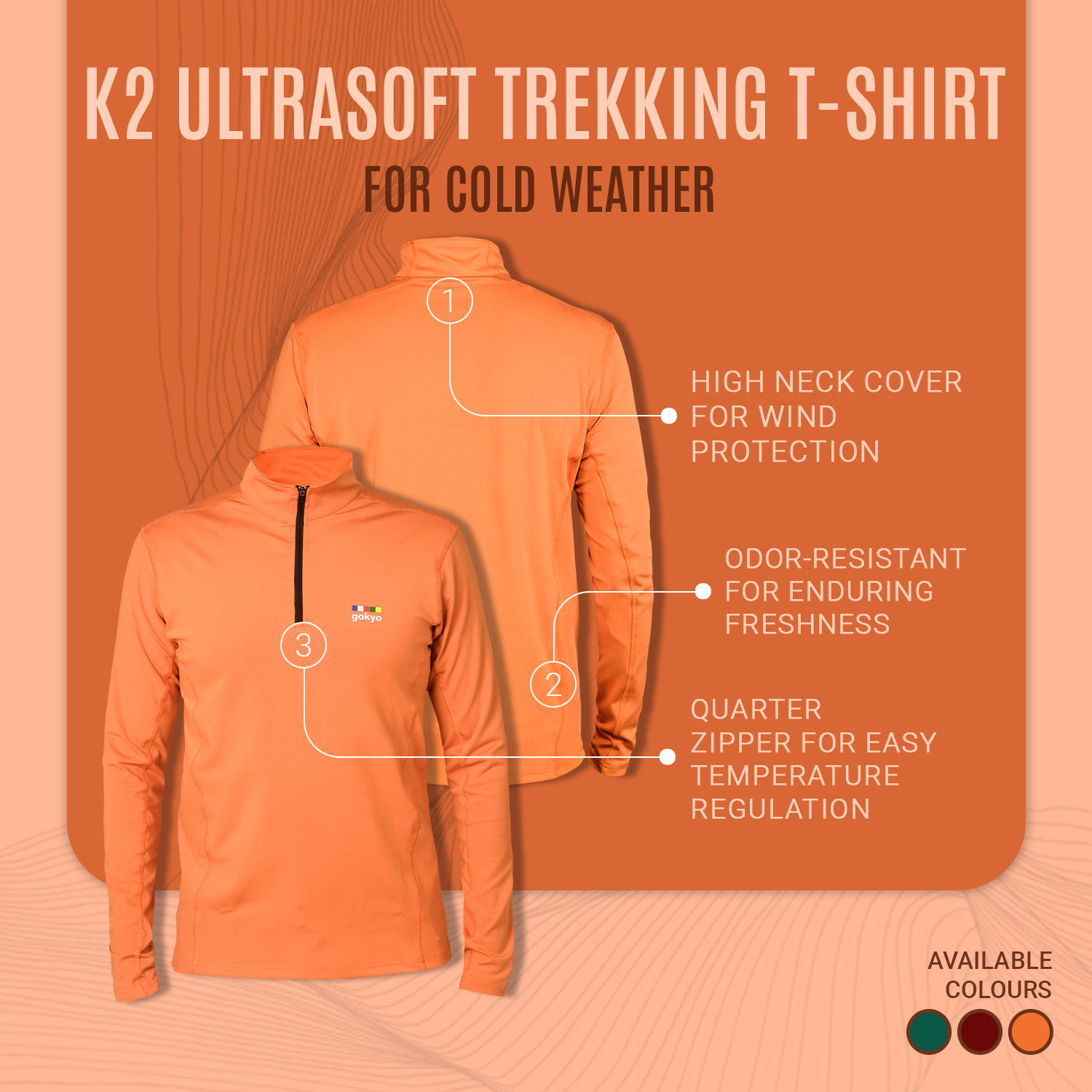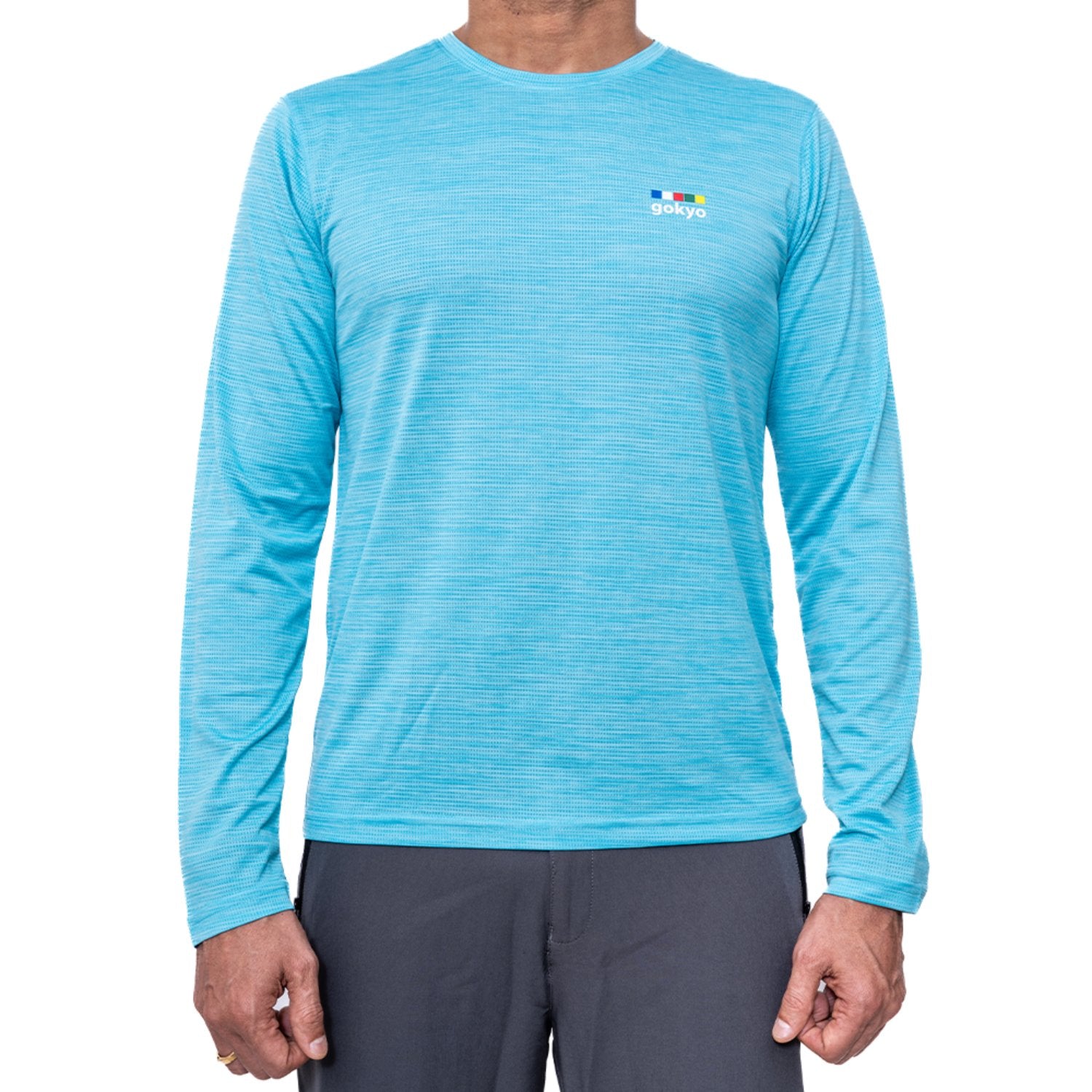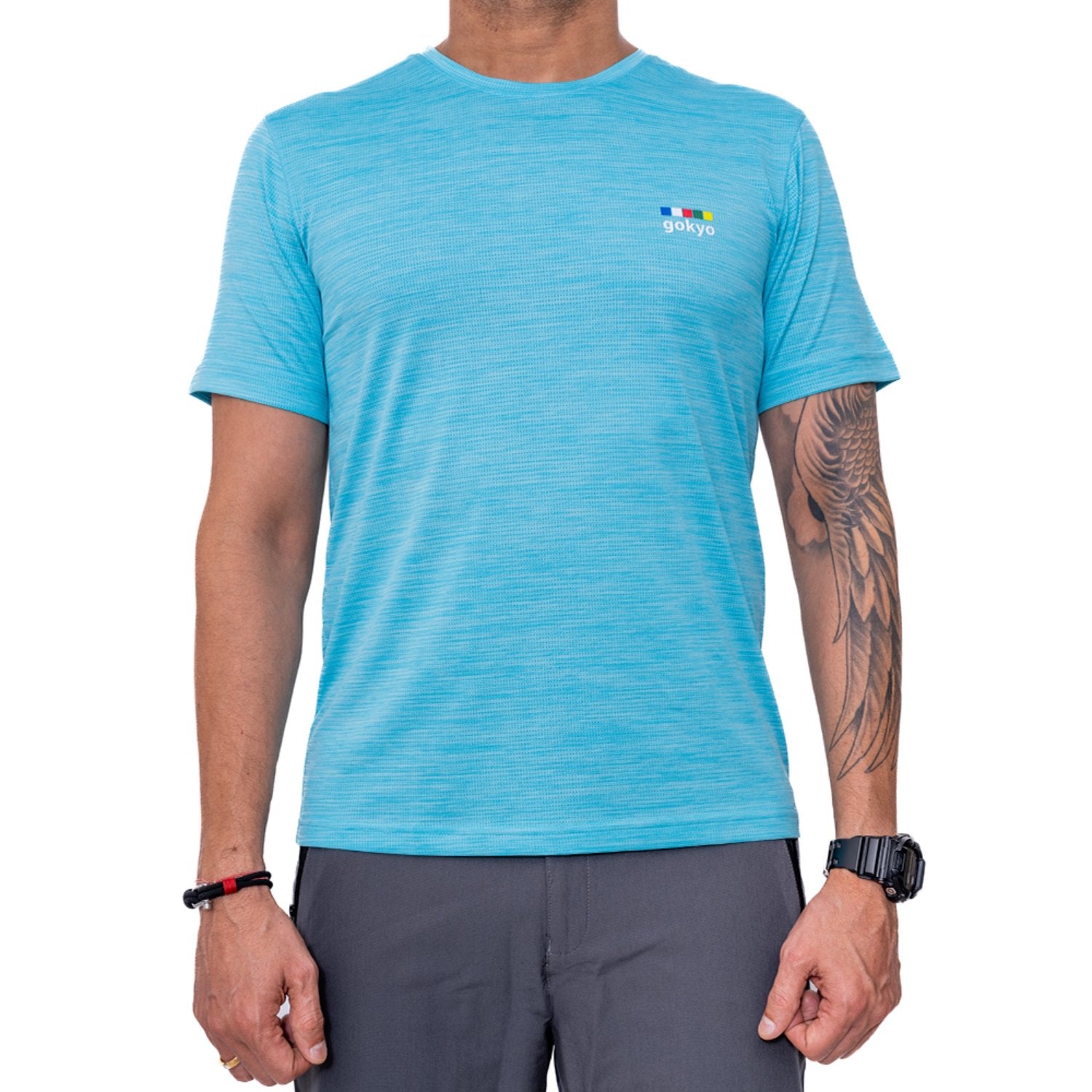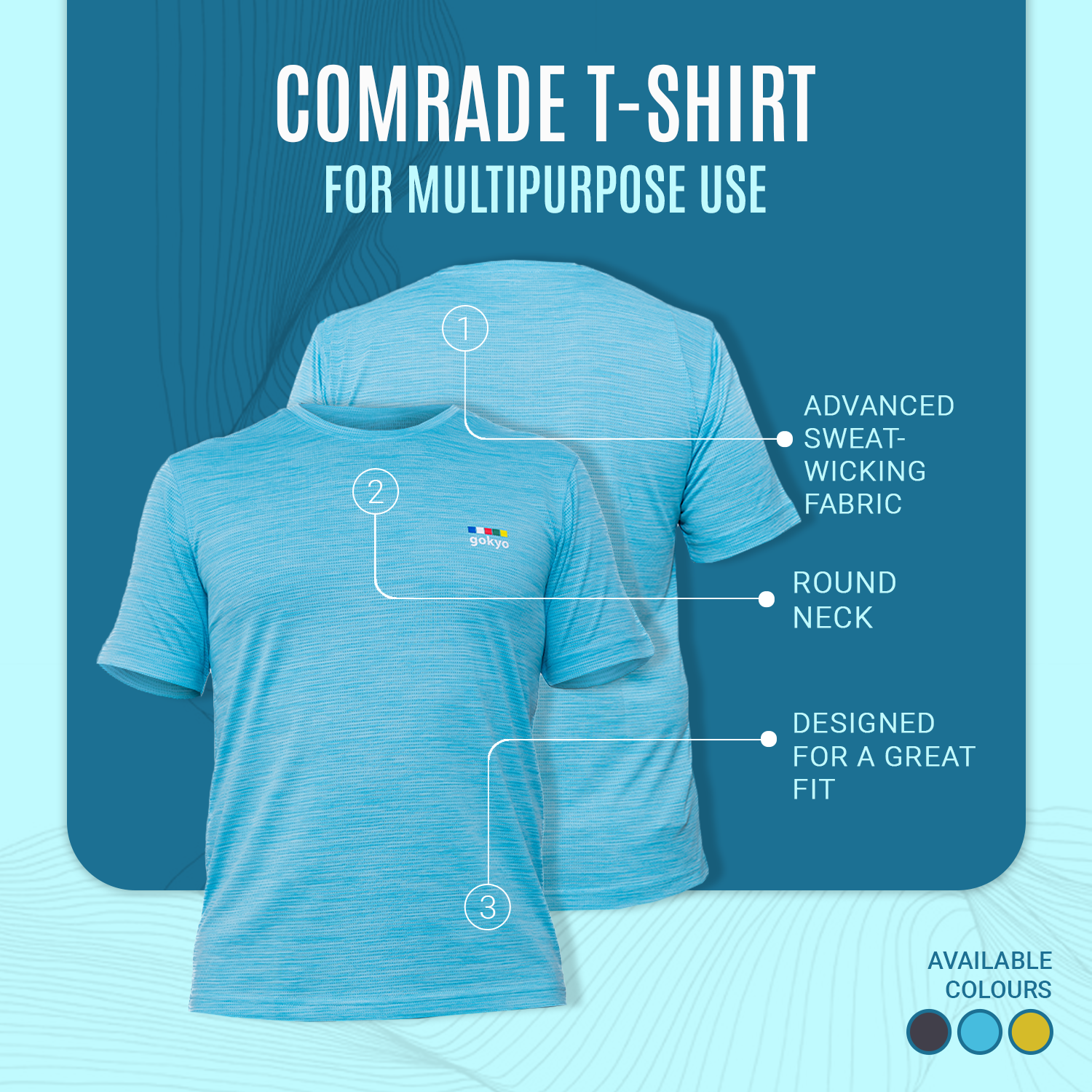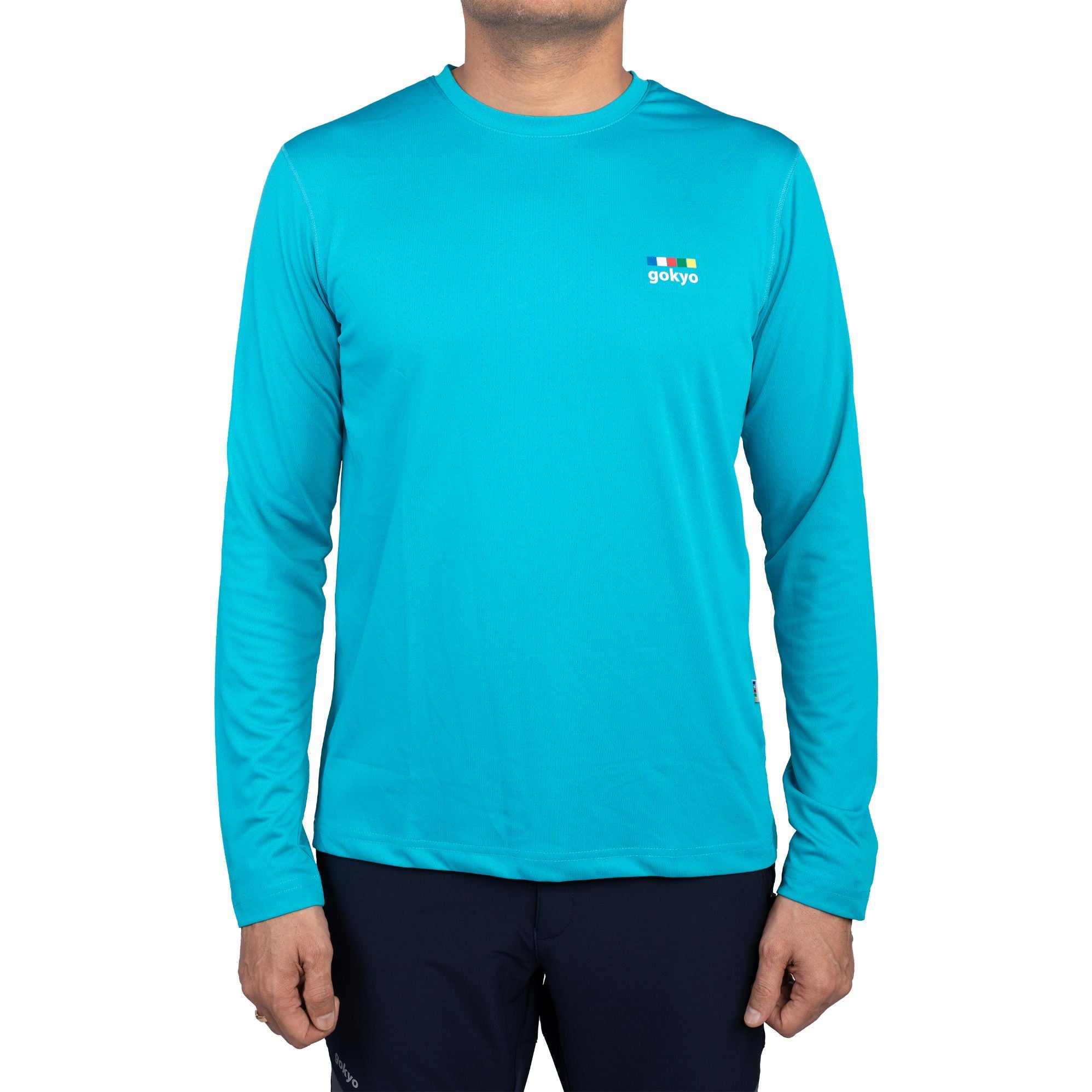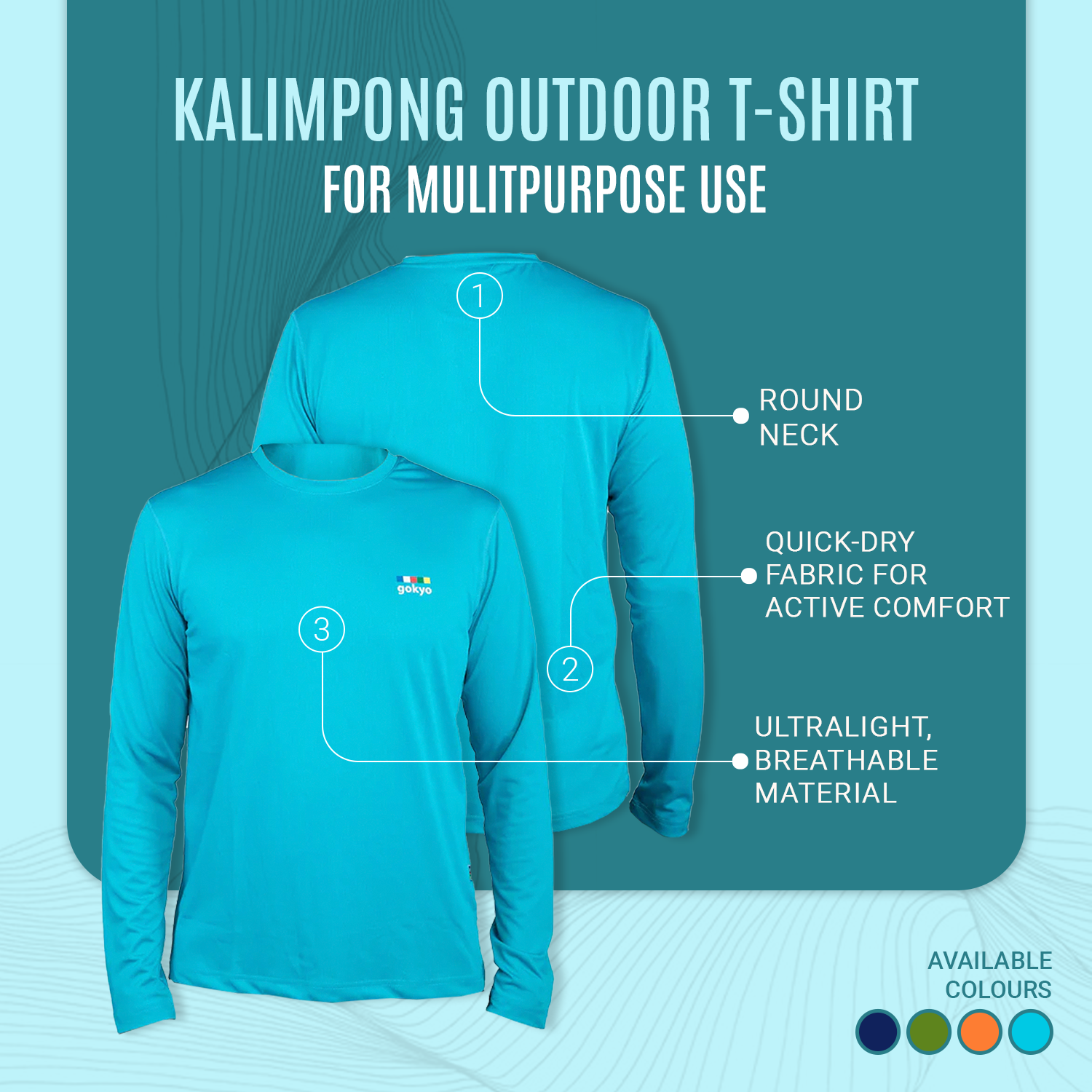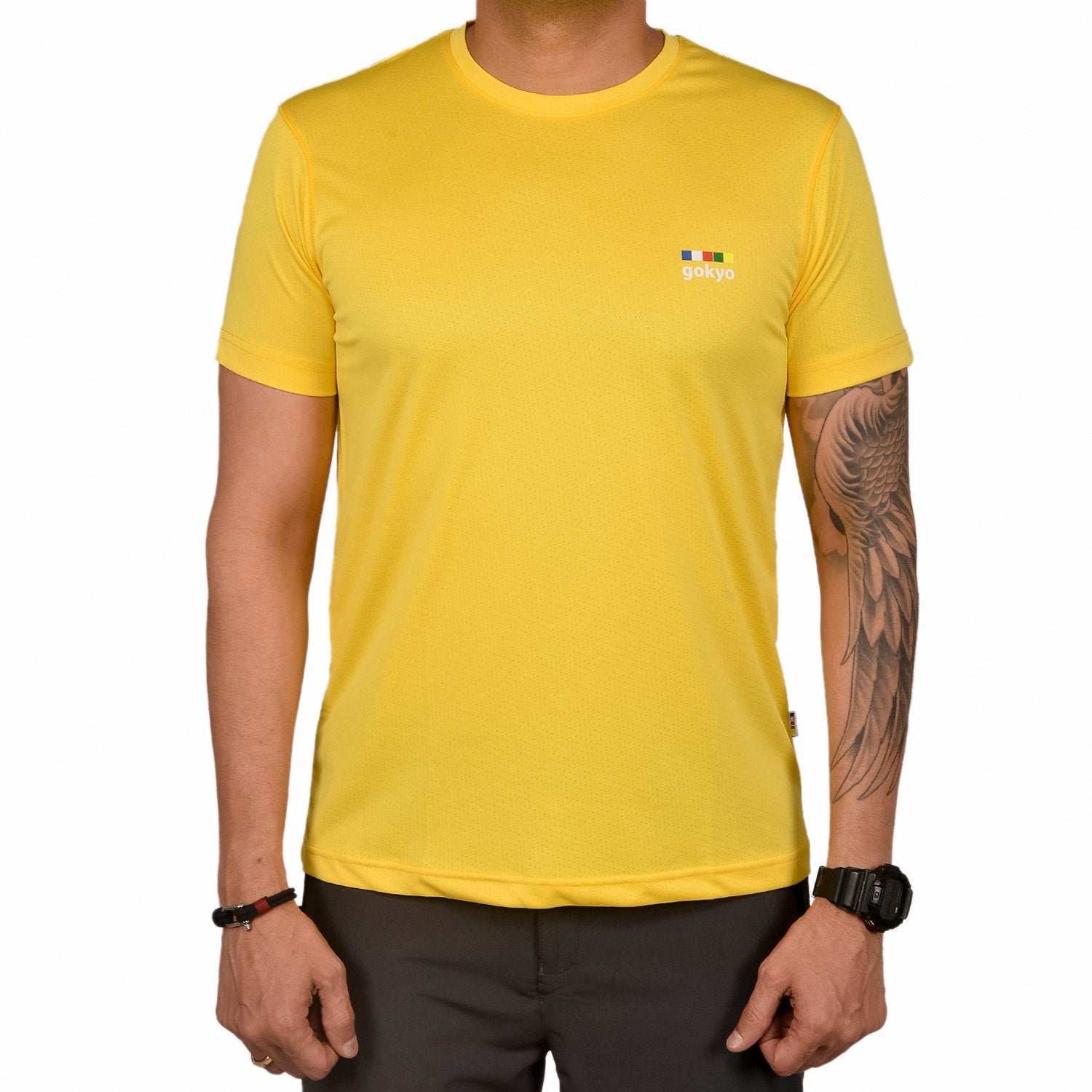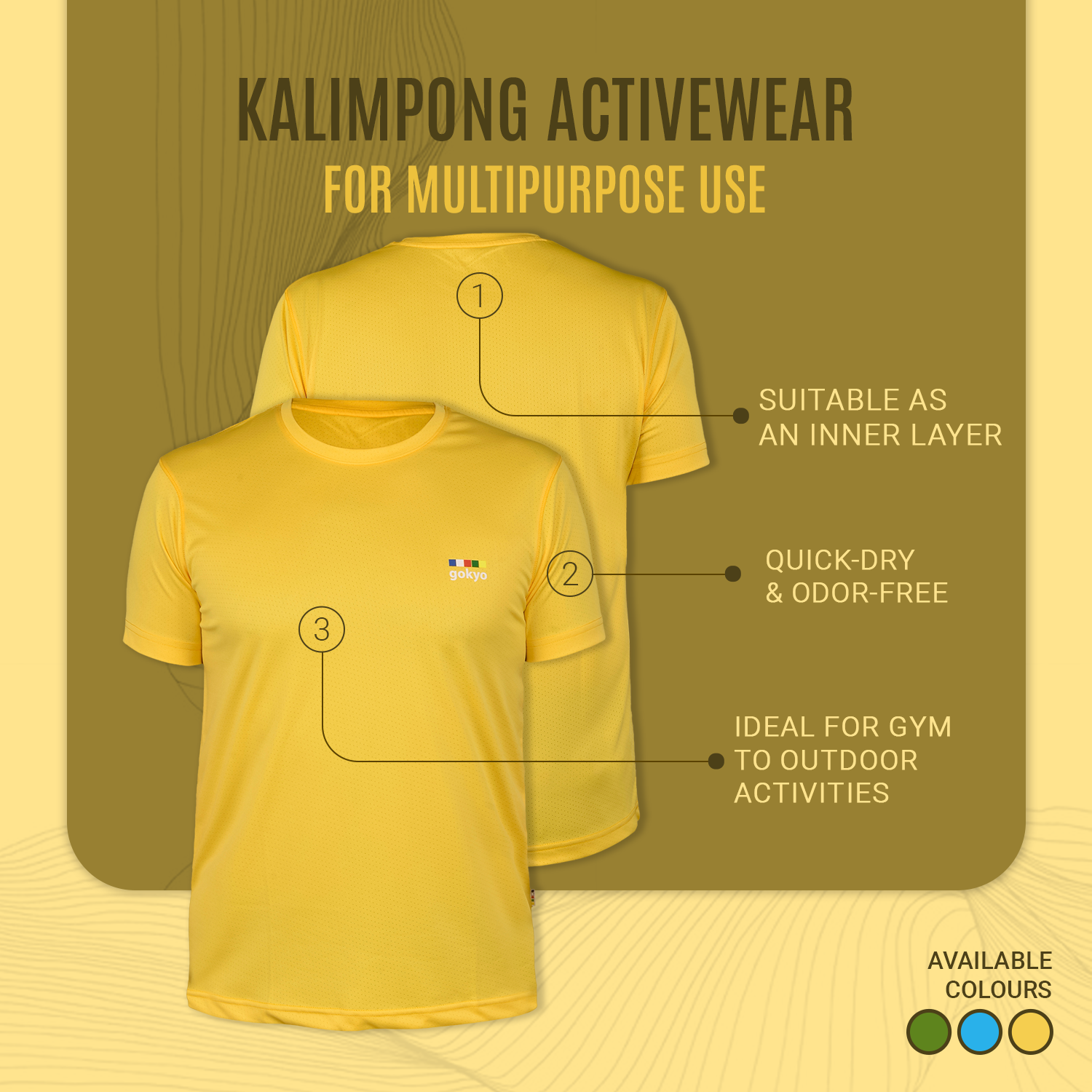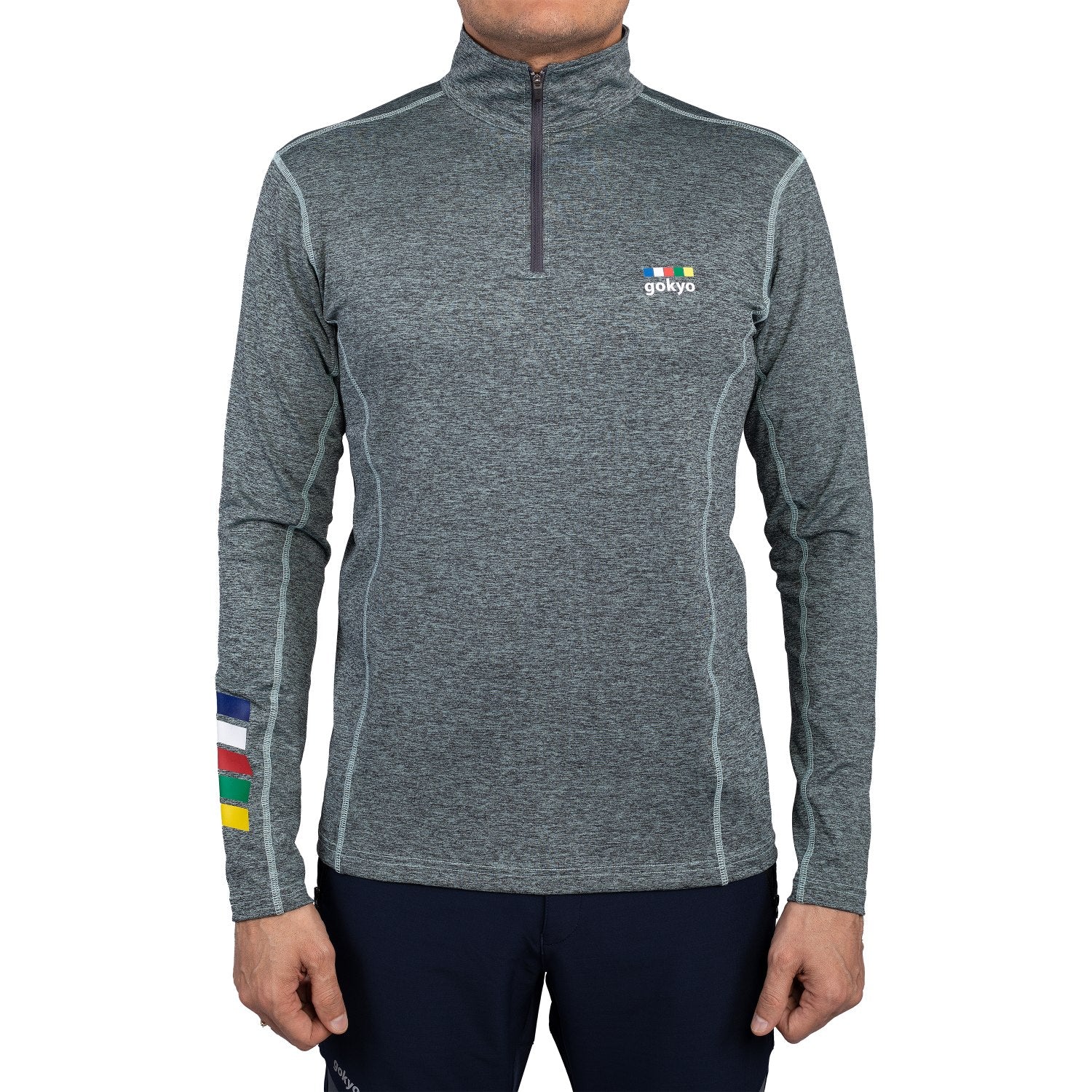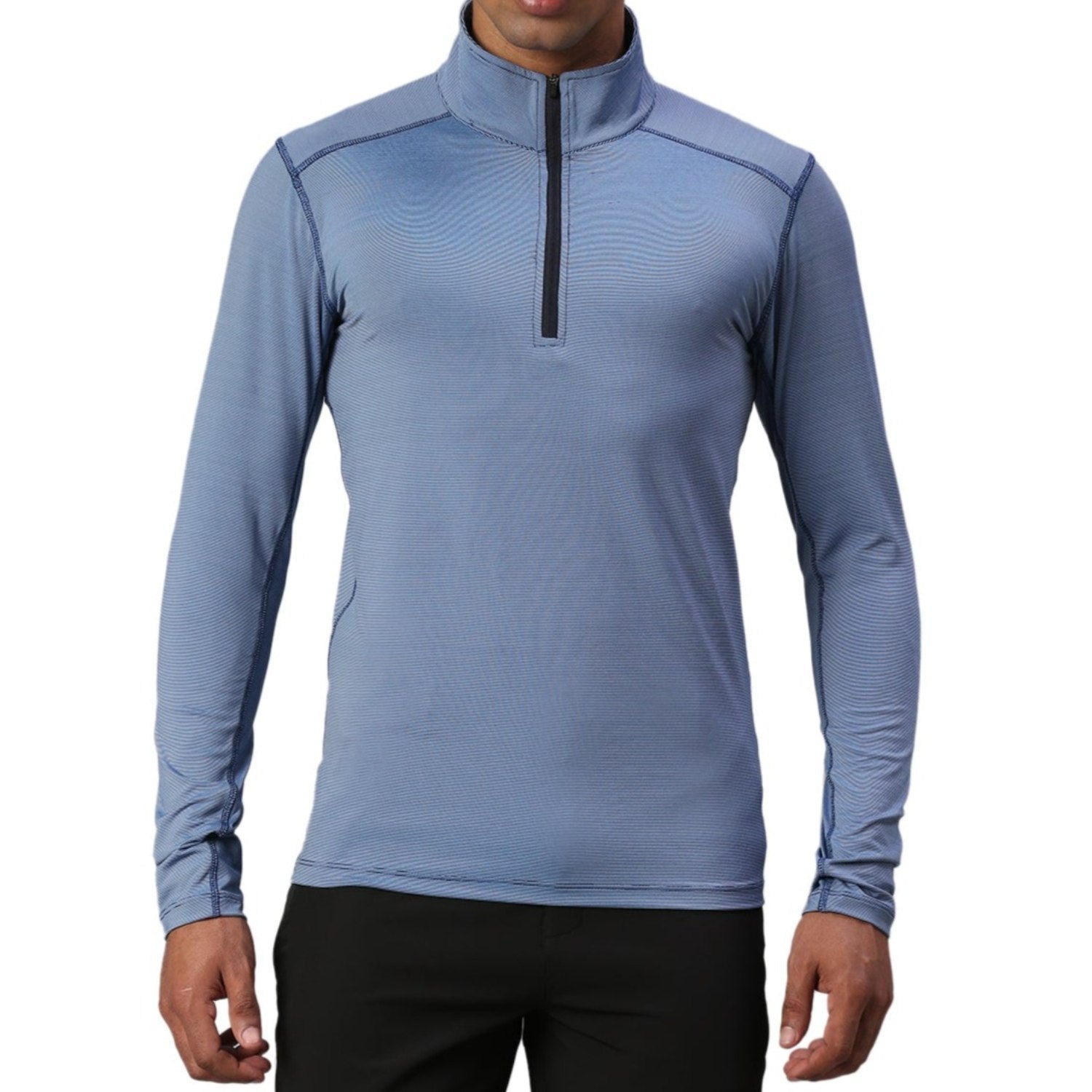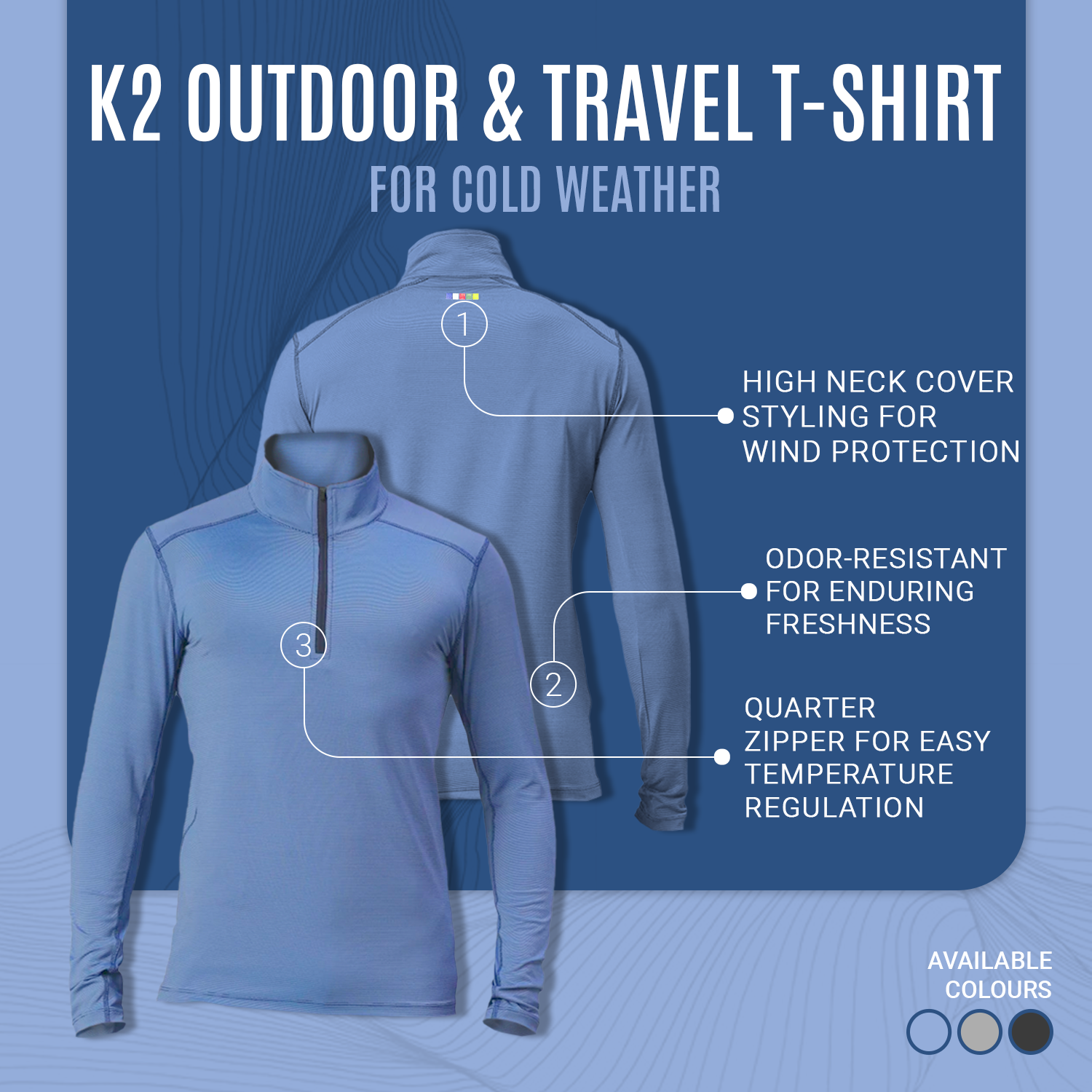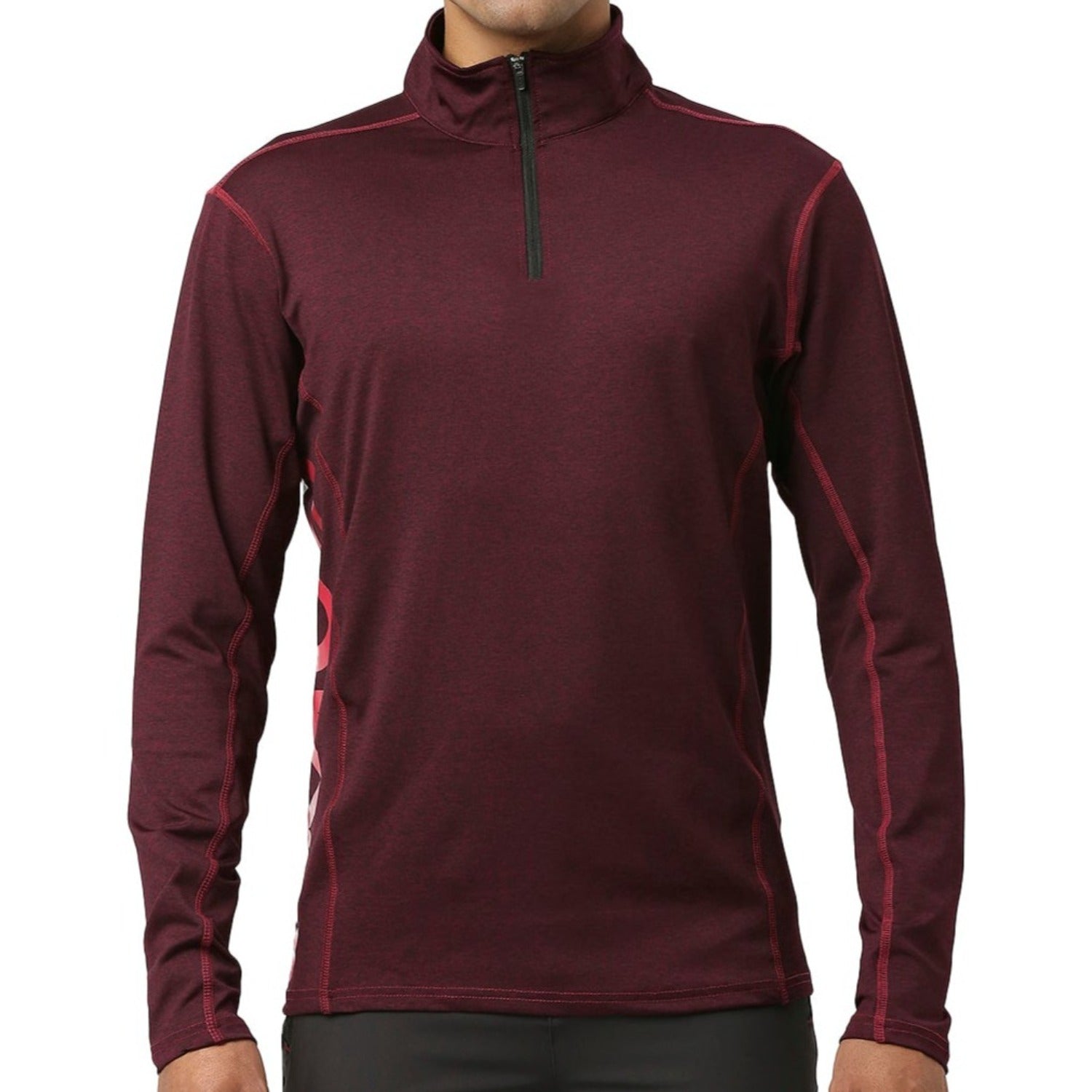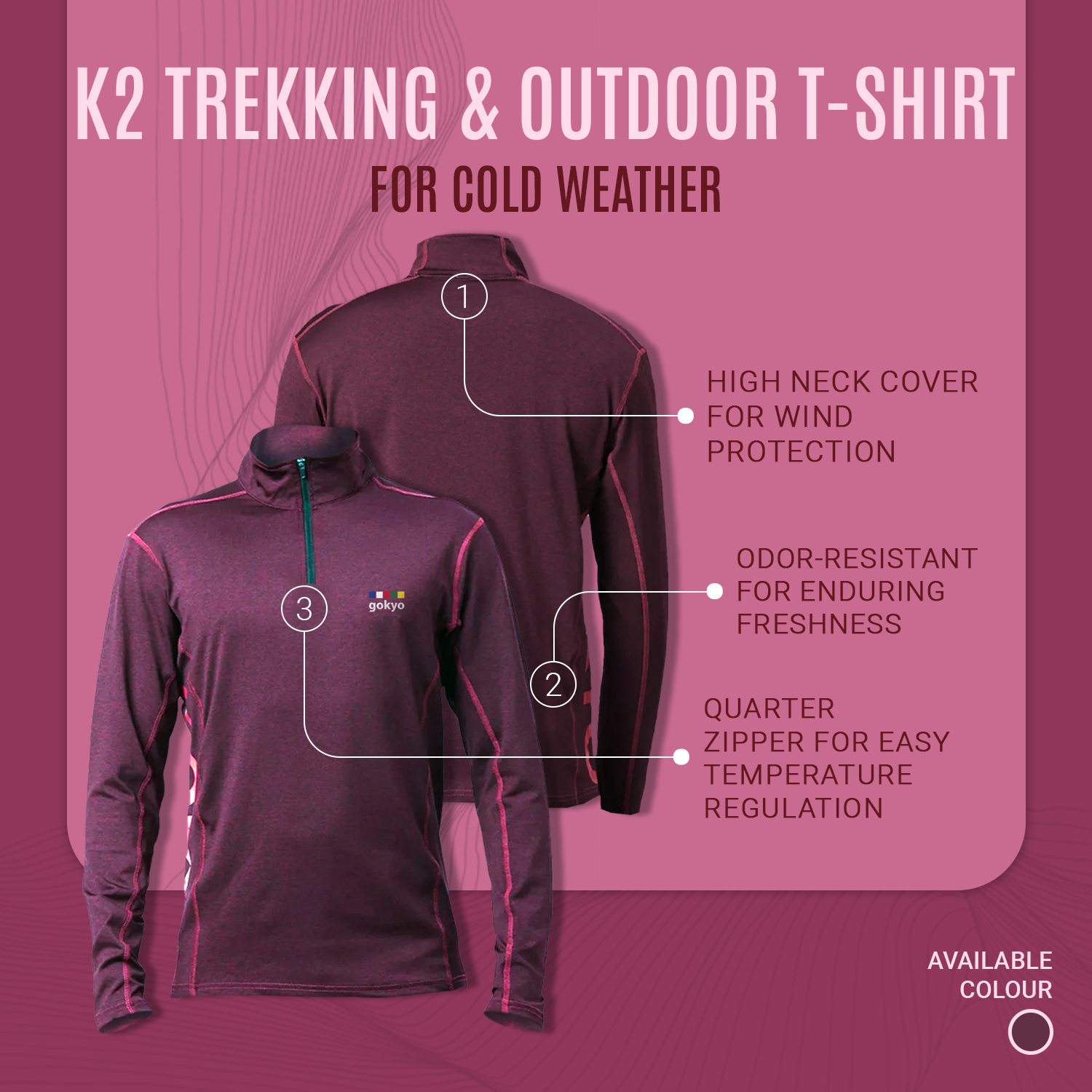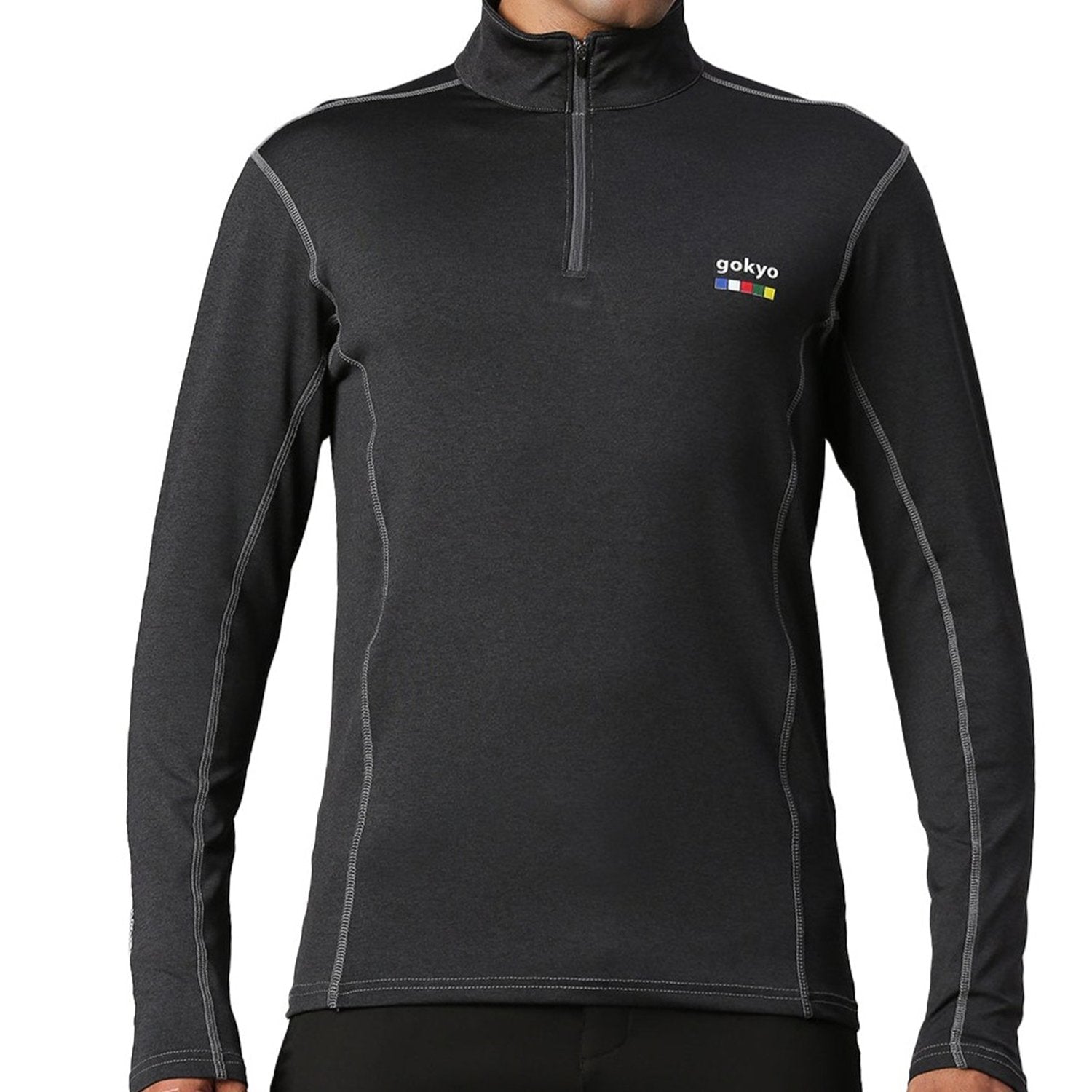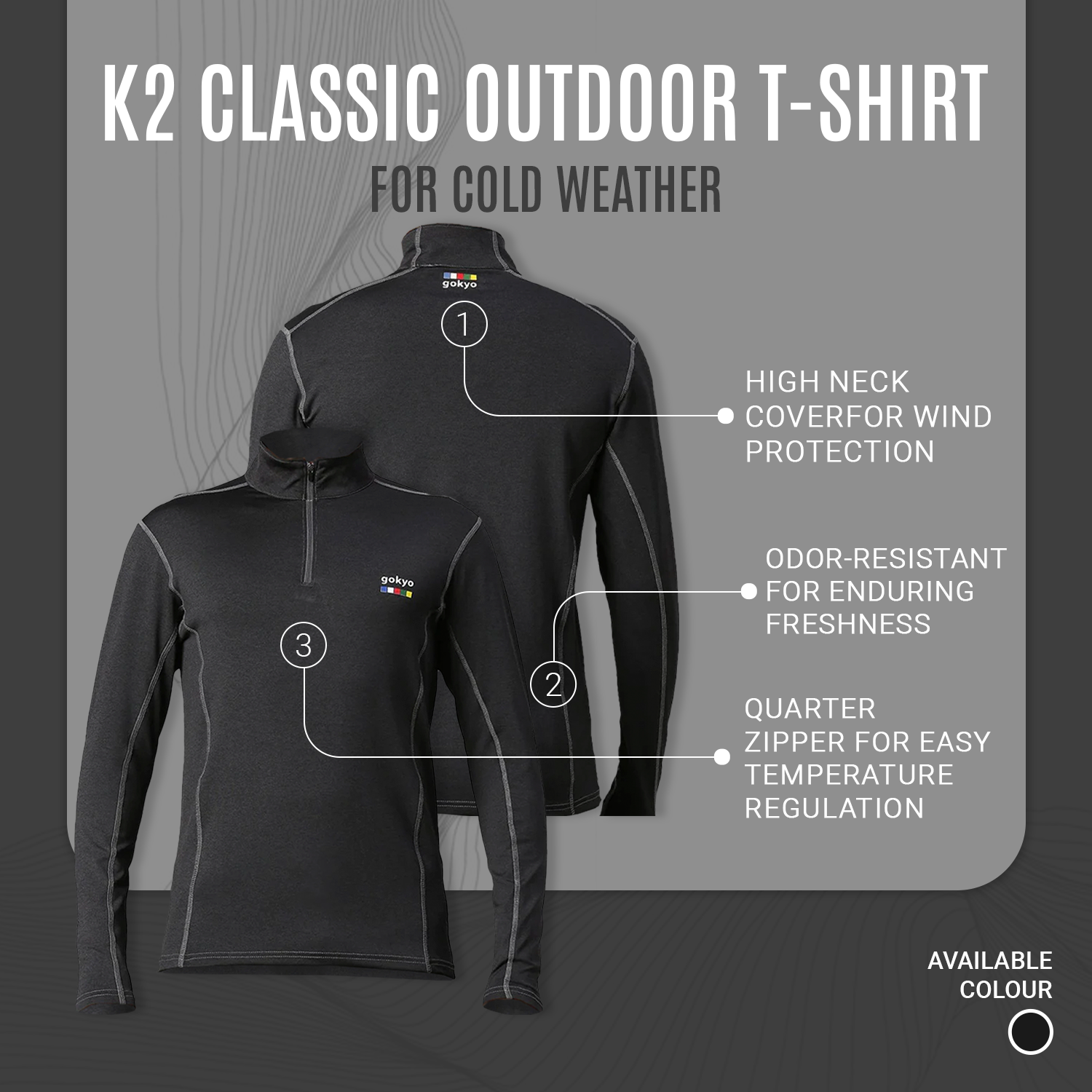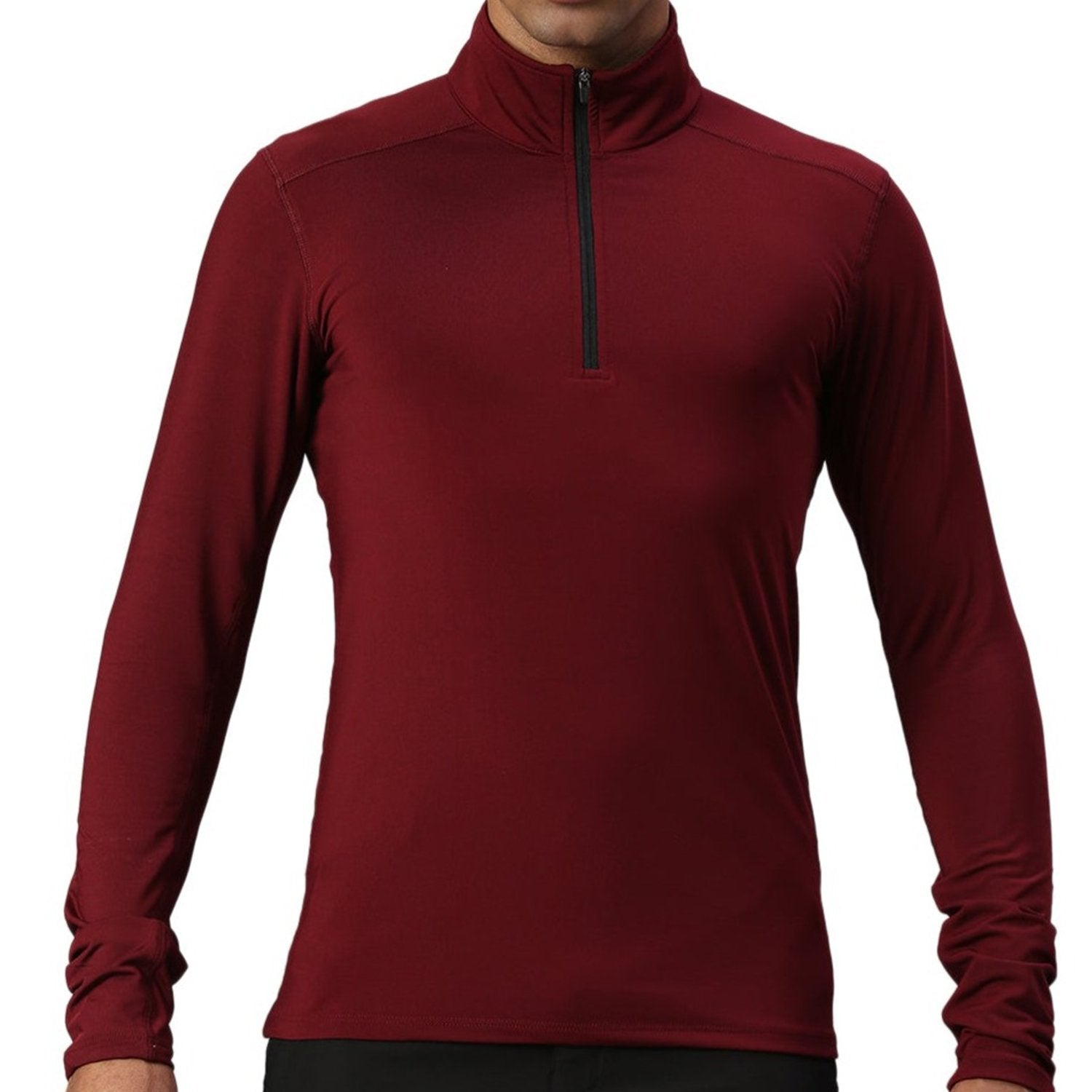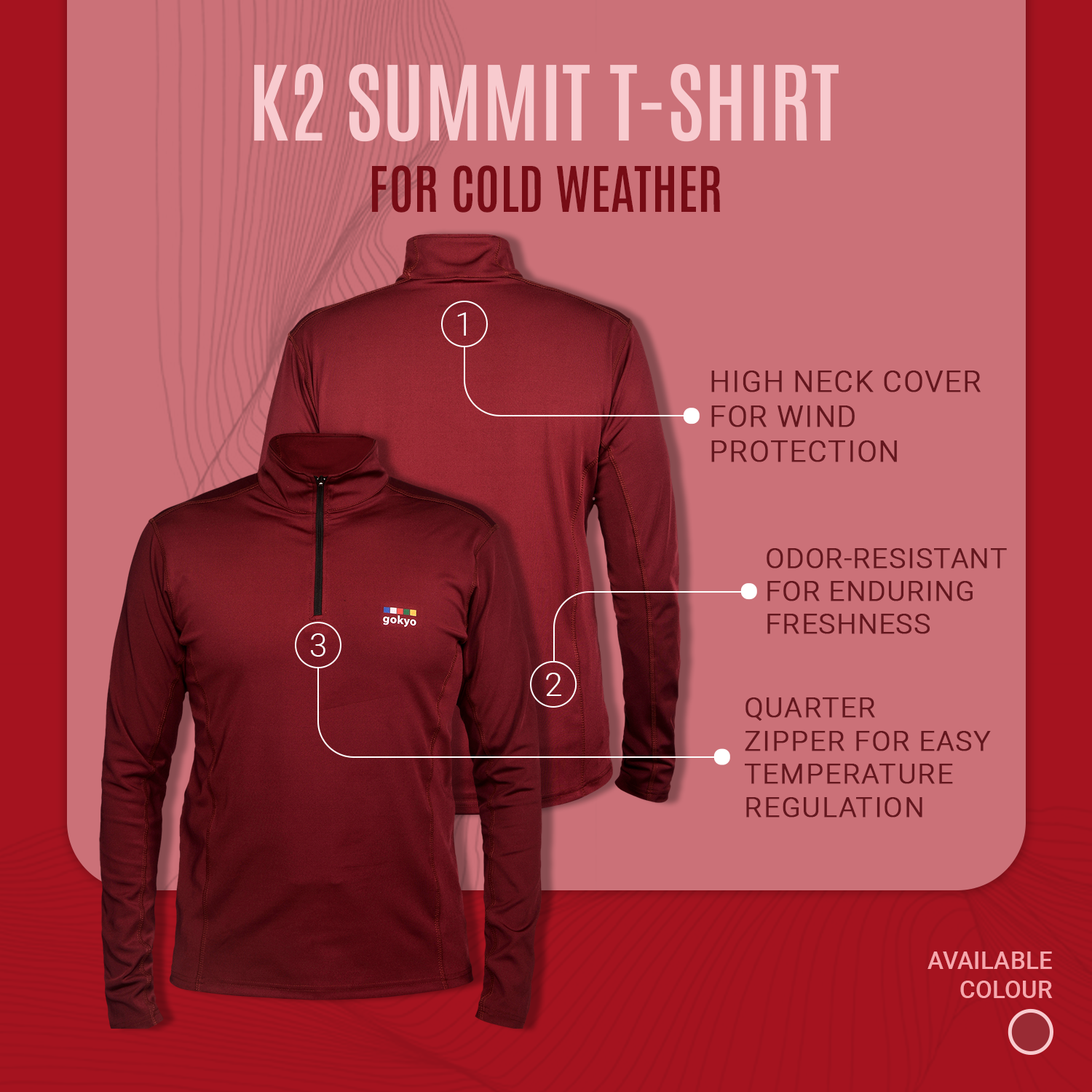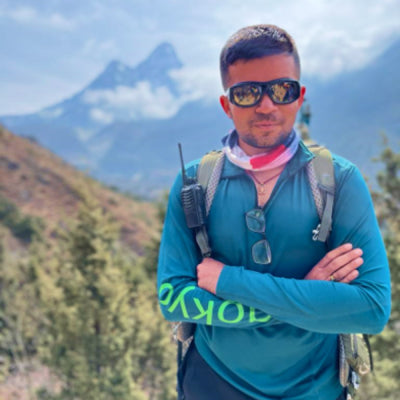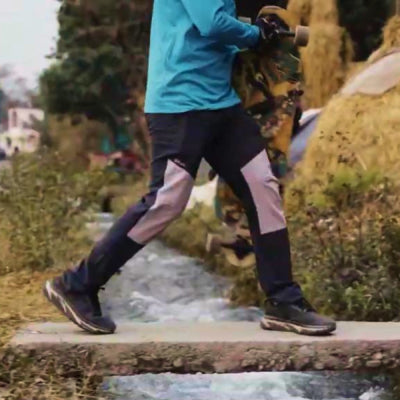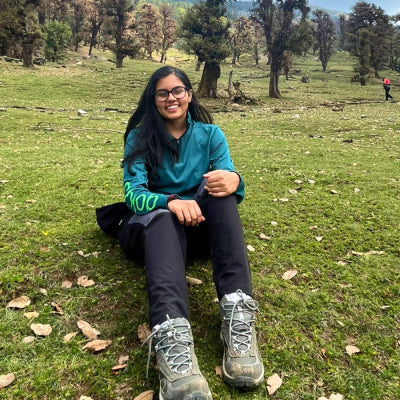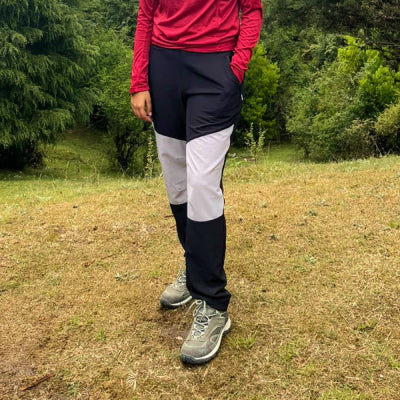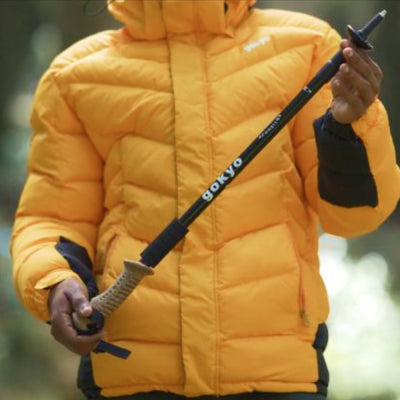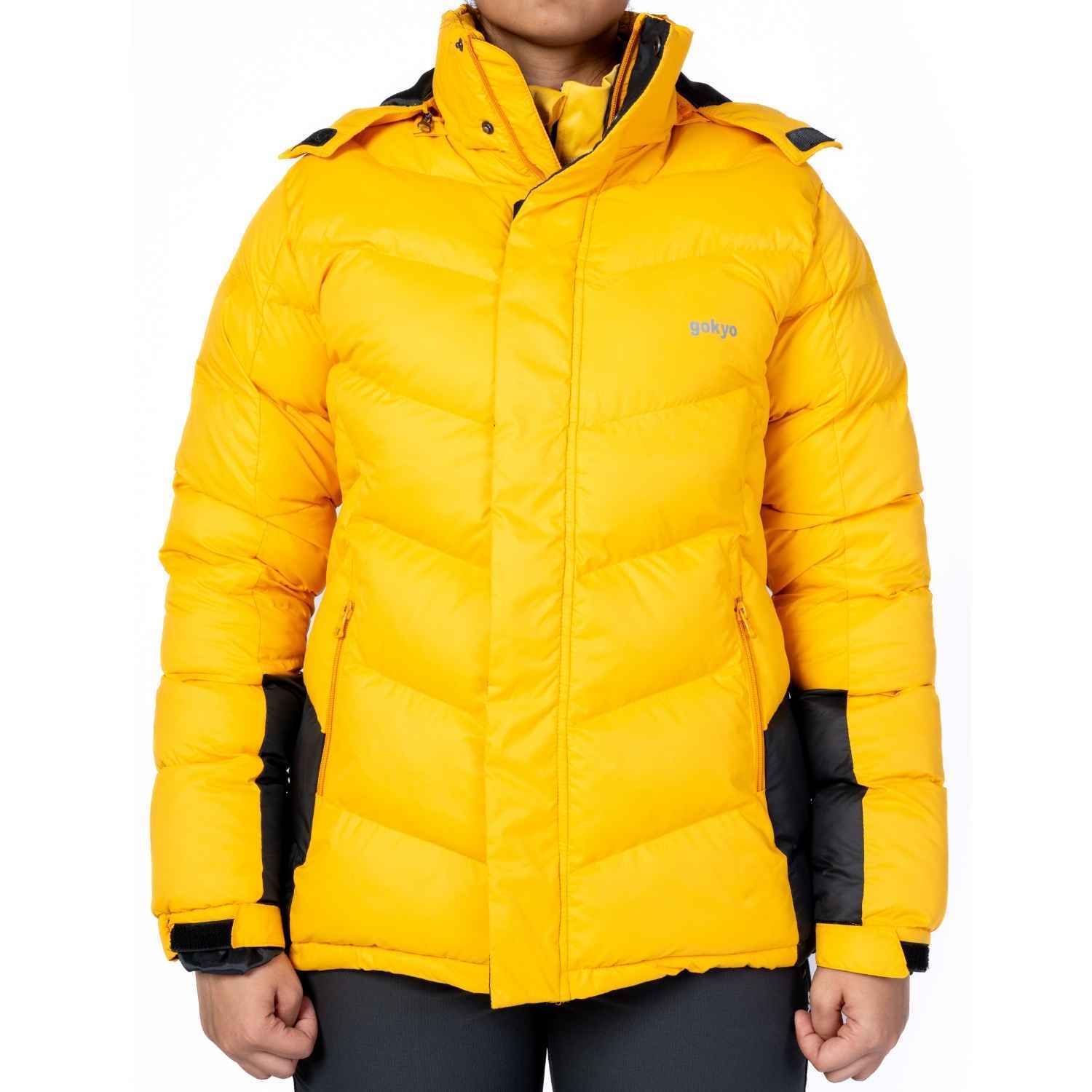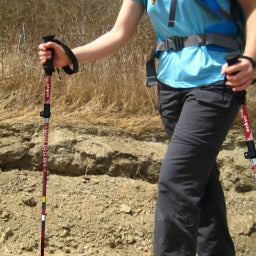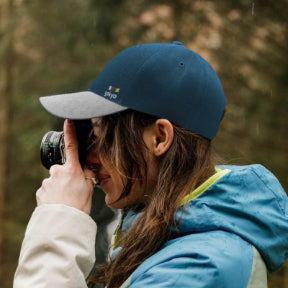A lot of physical stamina and energy is spent on enjoying outdoor activities such as trekking and hiking. Sweating gallons by hiking on concrete roads, uneven grounds, and changing weather spoils the entire experience of your trek. It can even lead to rashes and chaffing. That is why moisture-wicking trekking tshirts are so in demand among tourists.
The best backpacking friend, moisture-wicking technology, has taken over hikes and treks. It is amazing. Now, before inquiring how it works, let us consider the science of moisture-wicking technology.
1. Moisture-wicking cloth: what is moisture-wicking cloth?
A travel enthusiast’s paradise is moisture-wicking cloth. A moisture-wicking cloth wipes away sweat from the body and drives it up to the top of the material. What happens is that the sweat becomes extremely easy to evaporate. Sweat-wicking clothes dry out the person and ensure they feel cool. Sweat absorbs easily in cotton and other cloth and remains in contact with your body. Sweat causes chaffing and rash due to its friction. Sweating doesn't occur due to a sweat-wicking t shirt for running. They are constructed such that they manage sweat efficiently without any kind of irritation to your skin. Sweat-wicking clothing works, how?
The essence of moisture-wicking clothing is made of high-level cloth technology. Let us try to find it out.
- Capillary action: This is due to the process through which any liquid is sucked into the fabric of the cloth. Most of the moisture-wicking hiking tees owe their genesis to this process. Here, the fibers are arranged in a way that they create passages or channels for water to travel away from the skin surface. Water is then distributed all over the tees, which provide increased surface area and thus are evaporation-friendly.
- Hydrophilic and Hydrophobic Fibers: Any regular sweat-wicking t shirt running has a blend of hydrophilic and hydrophobic fibers. Hydrophilic material retains the water and hydrophobic material pushes the water from the T-shirt out to the outside surface. Through hastening evaporation, hikers' comfort is guaranteed.
- Breathability: They are promised to be breathable along with moisture-wicking. It keeps space for air to flow through the clothes. It does not lead to the overheating of the body and is also being held responsible for body heat maintenance.
2. Materials incorporated for moisture-wicking trekking T-shirts
- Polyester: Durable, lightweight, and featuring moisture-wicking properties, polyester is a well-desired cloth.
- Nylon: Nylon boasts its great moisture-wicking quality. Besides being comfortable and durable, it is also easily acclimatized. Climbing shirts usually employ other materials combined with nylon to efficiently handle sweat.
- Merino wool: Merino wool possesses amazing moisture-wicking ability. And it is antibacterial in nature.
- Bamboo: Bamboo fibers are ventilated, soft, and absorbent.
- Moisture-wicking shirts improve your experience by keeping you dry and comfortable during your hike. It never allows your body to get hot and also controls your body temperature.
Conclusion
Moisture-wicking technology has revolutionized the way we head out to nature. You can either hike mountains or go to the gym; these running tshirt men's are made to improve your experience.
Frequently Asked Questions (FAQs) :
1. What is moisture-wicking fabric?
Fabric that pulls the moisture away and allows the sweat to evaporate quickly is called a moisture-wicking fabric.
2. How does moisture-wicking fabric work?
It uses capillary action, where fibers create channels to move sweat away from the skin, and hydrophilic (water-retaining) and hydrophobic (water-repelling) fibers to speed up evaporation.
3. What are the benefits of moisture-wicking clothes for trekking?
Moisture-wicking clothes are the best apparel for people who trek. It keeps them dry and prevents chances of rashes and chaffing. It also helps in the regulation of body temperature.
4. What materials are used in moisture-wicking trekking t-shirts?
Materials that are used in moisture-wicking fabrics are nylon, polyester, merino wool, and bamboo. These are known for their ability to wick the moisture away and their antibacterial property as well.
5. How do hydrophilic and hydrophobic fibers work in moisture-wicking fabrics?
Hydrophilic fibers retain water to draw it away from the skin, while hydrophobic fibers push the moisture to the fabric’s surface, speeding up evaporation.



